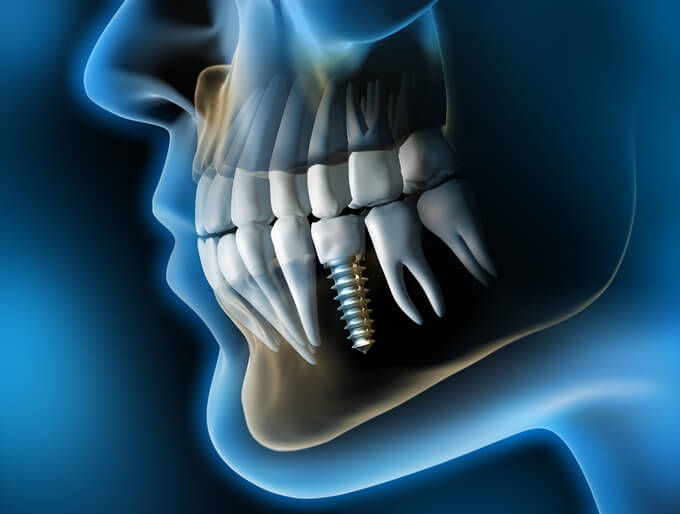Research shows that with careful case selection and the proper skills, immediate implant placement has the same success rate as delayed placement. Anterior esthetic implant restorations have several characteristics in common. They include ideal planning of bone / soft tissue height and width, implant position, emergence profile, material selection, restorative form, and impression technique. Since all of these factors contribute to the final soft tissue profile, I will limit this newsletter to the two initial procedures necessary to create the ideal soft tissue frame: Immediate implant provisionalization and custom healing abutment. I believe a qualified surgeon is uniquely positioned to begin these steps. The procedures should begin during the surgical phase after the immediate implant is placed but before bone/soft tissue grafting is completed. This will allow the surgeon to clear the surgical site of any debris which may have entered the socket and synergistically manipulate the tissue, graft, and provisional/healing abutment to achieve the desired outcome. If necessary, the surgeon can secure that outcome with appropriate suturing.
Deciding on the Proper Dental Implant Procedure
It is common at my New York City office that, if the implant has enough primary stability (≥ 35Ncm), I create an immediate screw-retained provisional. This is the most ideal way to preserve the soft tissue form, fabricate a custom impression coping, and provide the patient with immediate tooth replacement. If it is not necessary or appropriate to load the implant, I create a custom healing abutment. This abutment will preserve the soft tissue form, but the implant is not loaded.
I realize it is not traditional for a surgeon to perform the steps described above. However, when we analyze the goals of treatment, it makes the most sense. A qualified surgeon will have the most control over wound healing and soft tissue form by concurrently fabricating these components. With the traditional sequence of care, the restorative dentist is left with the difficult task of creating an ideal provisional. Often though, the tissues, graft, and bone will not easily accommodate the proper emergence profile. This may result in recession or a less esthetic restoration. In addition, with traditional care, it can be difficult to stop materials from entering the socket. Also, soft tissue and/or bone grafts or sutures can occasionally be dislodged. When the surgeon creates the immediate provisional and custom healing abutment, many chair-side restorative hours modifying provisionals can now be eliminated, and ideal wound healing can be facilitated. Feel free to call my New York City office with any questions or to discuss a case.
The Main Advantage of Immediate Implants
For patients, immediate implant procedures provide the simple benefit of being available immediately. Traditional delayed implant techniques can often take many weeks to wait for the final implant. Delayed implants may be necessary if there are adjacent teeth that need work, or when the bone structure prior to the procedure isn’t optimal for an immediate implant. For those cases in which bone and tissue structure are favorable, an immediate implant is a better choice.
There is a number of considerations for determining whether or not you are a candidate for dental implants and, if so, what type of dental implants are right for you. The best way for you to receive all the information you need to know about dental implants is to arrange a consultation with me. During this consultation, I will perform the oral examination and tests that determine what type of dental implants you are eligible for, explain the dental implant procedure to you, and answer all your questions. If you’re ready to replace your smile with natural-looking, functional dental implants, then call my office in New York City for a consultation at (212) 702-9088 or book online.
